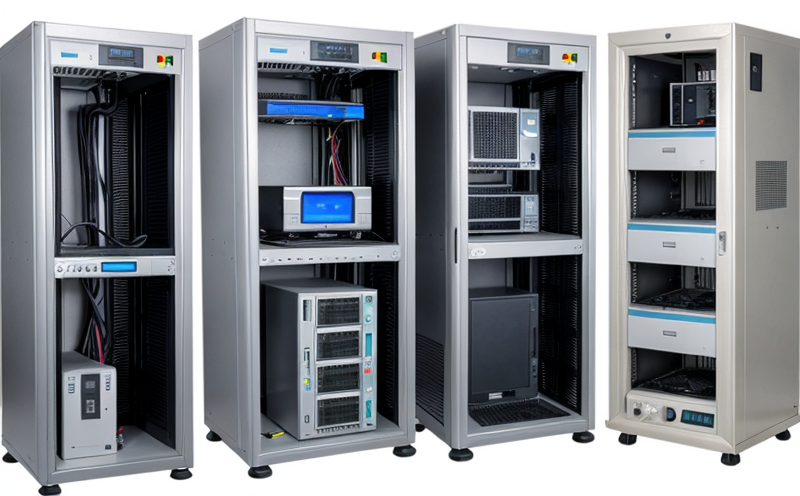ETSI EN 301 893 Wireless LAN Testing for Telecom Products
The European Telecommunications Standards Institute (ETSI) standard ETSI EN 301 893 is a critical guideline for the testing and certification of wireless local area network (WLAN) products, particularly those intended for use in telecommunications. This standard ensures that WLAN devices meet stringent performance criteria, thereby protecting users from potential interference and ensuring interoperability across different manufacturers' equipment.
Developed by ETSI, the European Telecommunications Standards Institute, this document provides a framework for testing WLAN devices to ensure they comply with regulatory requirements set forth in various countries around the world. Compliance with ETSI EN 301 893 is often mandatory before a product can be sold or marketed within Europe. This standard covers both physical and logical layers of the IEEE 802.11 family of standards, which includes Wi-Fi, Bluetooth, and other wireless communication protocols.
Testing under ETSI EN 301 893 involves several stages aimed at verifying the performance characteristics of WLAN devices against defined parameters. These include signal strength, data rates, frequency ranges, coexistence with other networks, and interference mitigation capabilities. The testing process is designed to simulate real-world conditions that a device might encounter when deployed in various environments.
The standard emphasizes the importance of robust testing procedures to ensure reliable operation across diverse geographical locations and climatic conditions. It also addresses issues related to electromagnetic compatibility (EMC), ensuring that WLAN devices do not cause harmful interference to other radio equipment operating within the same frequency bands.
For quality managers, compliance officers, R&D engineers, and procurement professionals involved in telecom product development, understanding the intricacies of ETSI EN 301 893 is essential. This standard provides a roadmap for designing, manufacturing, and certifying WLAN devices that meet high standards of performance and reliability.
Compliance with this standard not only enhances brand reputation but also facilitates easier market entry into European markets where stringent regulations apply. It helps manufacturers avoid costly rejections or recalls by ensuring early identification and rectification of non-compliant aspects during the product lifecycle.
Environmental and Sustainability Contributions
The implementation of ETSI EN 301 893 plays a crucial role in promoting environmental sustainability by ensuring that WLAN devices are designed, manufactured, and deployed responsibly. By adhering to the stringent testing criteria outlined in this standard, manufacturers contribute significantly towards reducing waste generation and minimizing the carbon footprint associated with electronic products.
Testing under ETSI EN 301 893 encourages the use of energy-efficient components and technologies, which helps lower overall power consumption during operation. This contributes to reduced electricity usage and greenhouse gas emissions, making a positive impact on global climate change efforts.
Additionally, compliance with this standard promotes recycling and proper disposal practices by encouraging the design of products that are easier to dismantle at end-of-life stages. This reduces environmental pollution caused by improper waste management and encourages circular economy principles within the telecom industry.
Manufacturers who adhere to ETSI EN 301 893 demonstrate their commitment to sustainable development goals, thereby enhancing their corporate social responsibility (CSR) profile. Such actions can lead to increased customer trust and loyalty, as consumers increasingly prioritize environmentally friendly choices when making purchasing decisions.
Competitive Advantage and Market Impact
- Maintains interoperability across different manufacturers' equipment.
- Ensures reliable operation in diverse geographical locations and climatic conditions.
- Avoids costly rejections or recalls due to non-compliance during the product lifecycle.
- Promotes energy-efficient components and technologies, reducing power consumption and greenhouse gas emissions.
- Cuts down waste generation through proper design for recycling and easy dismantling at end-of-life stages.
By adhering to ETSI EN 301 893, manufacturers gain a competitive edge in the global market. This standard ensures that their products meet the highest quality standards, thereby enhancing customer satisfaction and loyalty. It also opens up new opportunities for business expansion into European markets where stringent regulations apply.
Compliance with this standard can lead to increased sales volume as customers trust products that have undergone rigorous testing processes. Moreover, it fosters innovation by encouraging continuous improvement in product design and performance. Overall, adherence to ETSI EN 301 893 contributes significantly towards maintaining a robust telecom industry ecosystem characterized by reliability, efficiency, and sustainability.
Use Cases and Application Examples
| Use Case | Description |
|---|---|
| Home Networking | Testing ensures that home routers and access points operate efficiently without causing interference to neighboring networks. |
| Corporate Networks | Evaluates the performance of WLAN devices in large-scale office environments, ensuring seamless connectivity for employees. |
| Schools and Universities | Verifies that Wi-Fi networks function optimally in educational institutions to support learning and research activities. |
| Public Spaces | Ensures WLAN devices perform reliably in public areas such as airports, train stations, and cafes. |
| Hospitals | Avoids interference issues that could compromise critical healthcare services. |
| Smart Cities | Makes sure WLAN devices contribute to the seamless integration of IoT devices within urban environments. |
The ETSI EN 301 893 standard is widely applicable across various sectors, including home networking, corporate networks, educational institutions, public spaces, healthcare facilities, and smart city initiatives. By ensuring compliance with this standard, manufacturers can enhance the overall user experience while maintaining high standards of performance and reliability.





